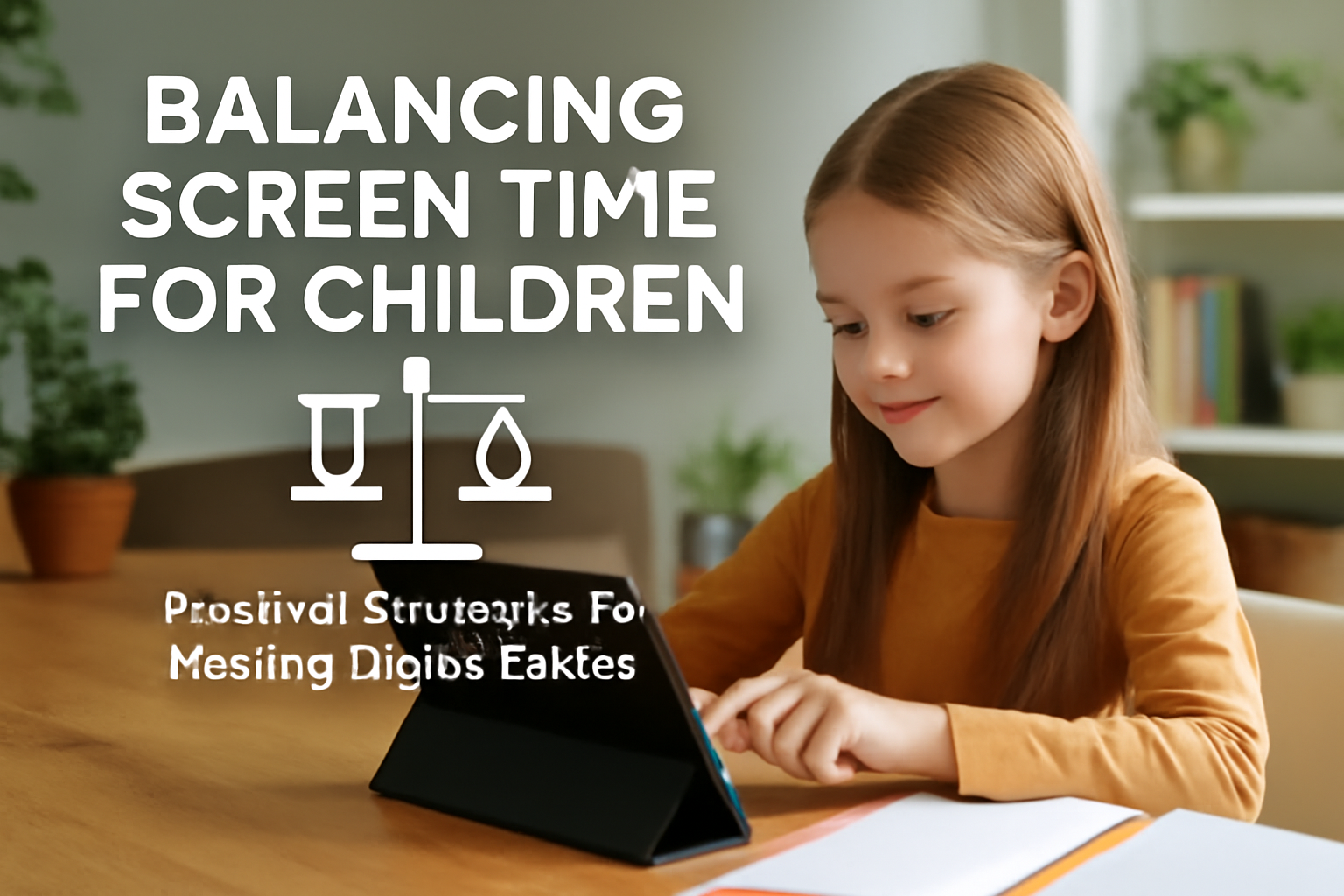Location
Mount Vernon, WA 98274
Location
Mount Vernon, WA 98274

As technology becomes an integral part of children's lives, finding a balance between screen time and other activities is crucial. This article explores practical strategies for parents to foster healthy digital habits that promote well-being and learning.
In today’s digital age, children are exposed to screens more than ever before, making it essential for parents to navigate screen time effectively. Striking a balance between beneficial digital engagement and limiting excessive use can be challenging but is crucial for children’s overall development.
Recent studies suggest that children aged 6 to 18 spend an average of over seven hours a day on screens, including smartphones, tablets, and computers. While technology can offer educational opportunities, excessive screen time can lead to issues such as decreased physical activity, disrupted sleep patterns, and challenges in social interactions.
Establishing clear screen time boundaries can help create a structured environment. Parents can start by setting daily limits on recreational screen time. The American Academy of Pediatrics recommends that children aged 2 to 5 should have no more than one hour of high-quality programming each day, while children younger than 18 months should avoid screens altogether, except for video chatting.
To promote a balanced lifestyle, parents should encourage alternative activities that stimulate creativity and physical movement. Engaging children in outdoor play, arts and crafts, or family board games can provide a much-needed break from screens. These activities not only foster family bonding but also promote critical skills such as problem-solving and teamwork.
Children often mimic their parents’ behaviors, making it essential for adults to model healthy digital habits. By limiting their own screen time, parents can set a positive example. Designating specific times for device use, such as during meals or family gatherings, reinforces the importance of being present and engaged with one another.
When screen time is necessary, parents can focus on educational content that aligns with their children’s interests and learning goals. Numerous apps and websites offer interactive learning experiences in subjects like math, science, and languages. By guiding children toward these resources, parents can ensure that screen engagement remains productive and enriching.
Lastly, fostering open communication about screen time is vital. Parents should discuss the potential risks and benefits of digital media with their children, encouraging them to express their feelings and thoughts about their online experiences. This dialogue can help children develop critical thinking skills and make informed choices about their media consumption.
In conclusion, navigating screen time is a modern parenting challenge that requires intentionality and strategy. By setting boundaries, encouraging alternative activities, modeling healthy habits, utilizing educational tools, and maintaining open communication, parents can help their children develop a balanced relationship with technology that supports their growth and well-being.